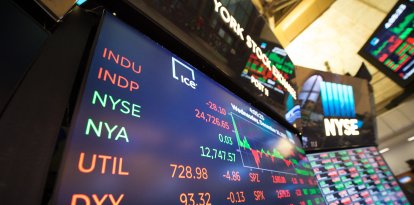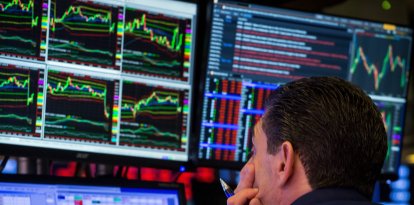When will the first 'trillionaires' arrive? A report believes it has the answer
According to Oxfam, the first fortunes that exceed one trillion could arrive within ten years.

(Flickr / Wikimedia Commons / Pixabay / Cordon Press)
The federation of NGOs Oxfam published this week a prognostic analysis on the sidelines of the World Economic Forum, in which it assures that the first 'trillionaires,' assets of at least one million million, will arrive in ten years. The same study also predicts that the economic gap between the richest and the poorest will continue to widen in the near future.
According to the report, the five richest people in the world have doubled their fortune since 2020, but 5 billion people lost purchasing power in the same period. Oxfam assures that at this rate, it would take 230 years to end global poverty.
Between 2020 and 2024, all billionaires increased their wealth by 34%. This increase in their assets is triple inflation, so the devaluation of currencies is not the reason behind the increase in their wealth. The report, which has a foreword written by Bernie Sanders, points directly to liberalization and abuse of workers' rights as reasons to explain the enrichment of the richest. In its conclusion, it calls for governments to carry out a radical "redistribution of the power of billionaires."
It is estimated that the first 'trillionaires' will be men and that the current trend in which men concentrate more capital than women will continue. Currently, the estimate states that the richest men hold $100 million more than the richest women. In 2023, it is estimated that the richest woman on the planet is Frenchwoman Françoise Bettencourt, owner of the L'Oréal empire.
The report also denounces a great concentration of wealth even among the richest. According to the analysis, an example of this is the development towards the concentration of large companies. If the seed market that provided supply to world agriculture was distributed 40% among ten large companies in 1997, the situation has changed to a concentration of the same market share in the hands of just two companies.
RECOMMENDATION





















